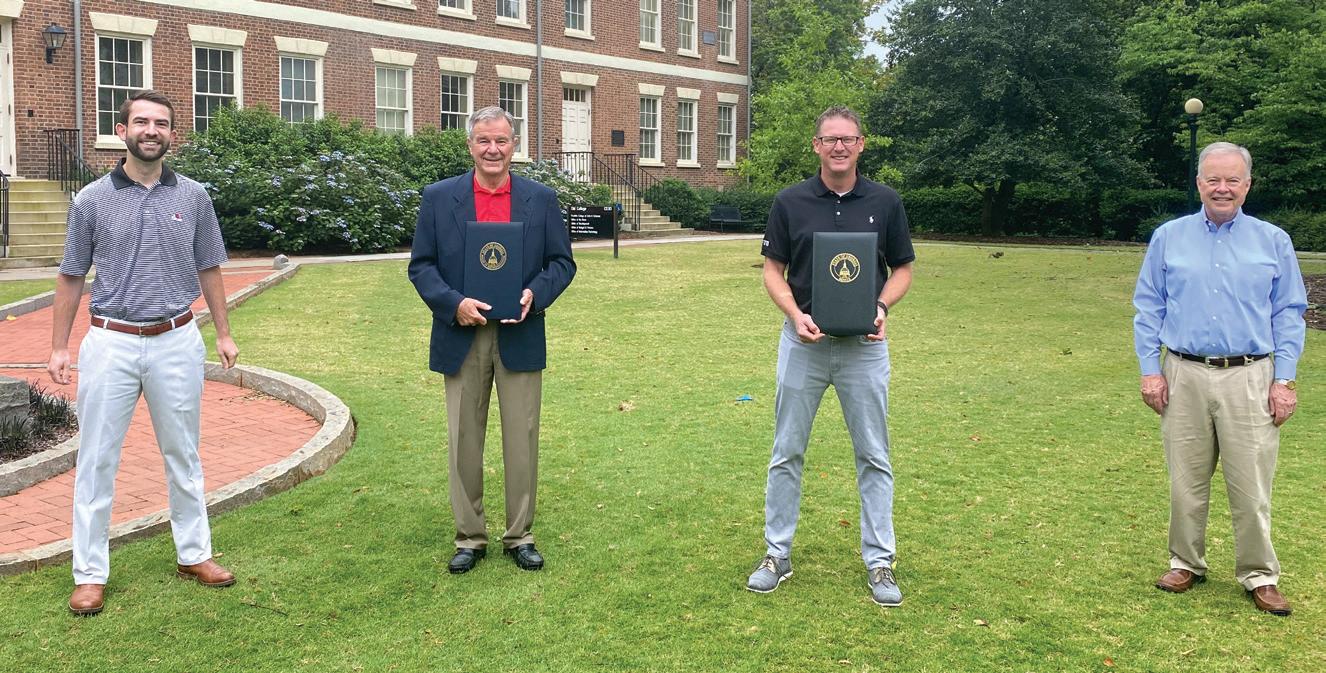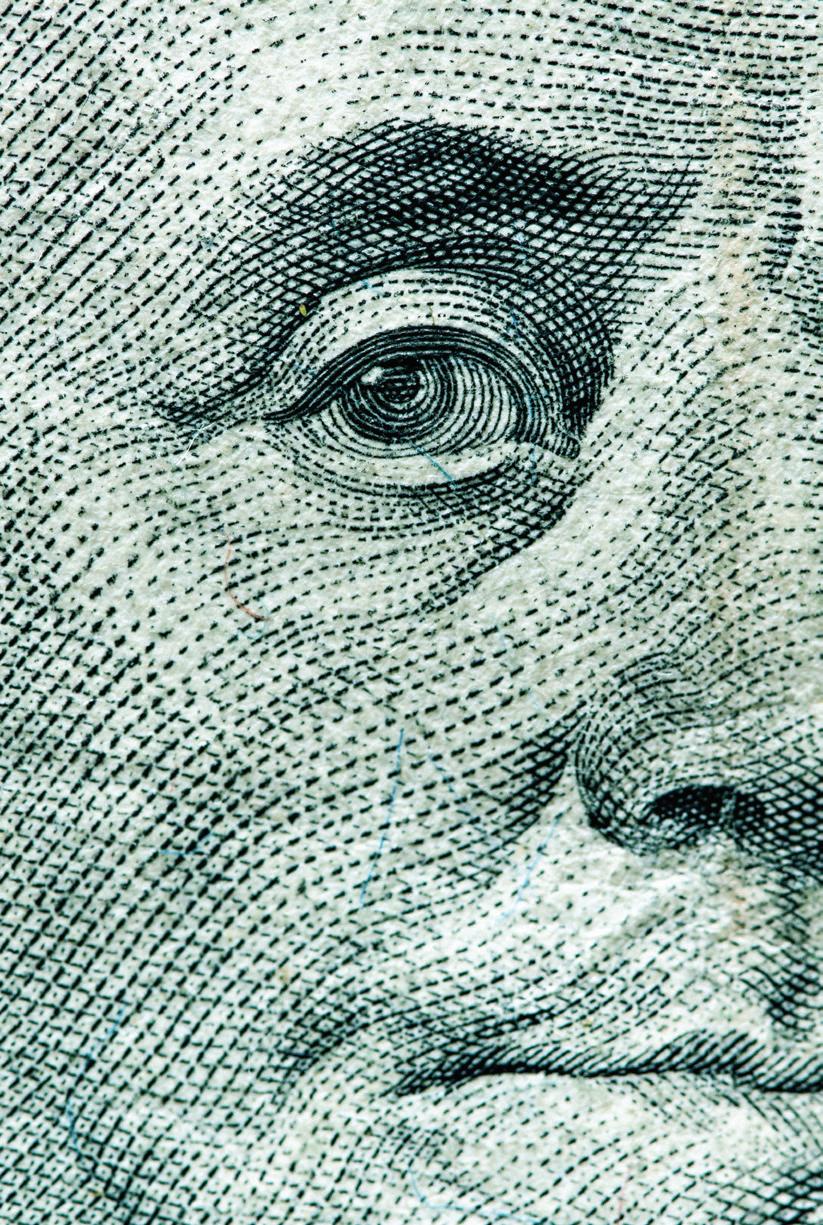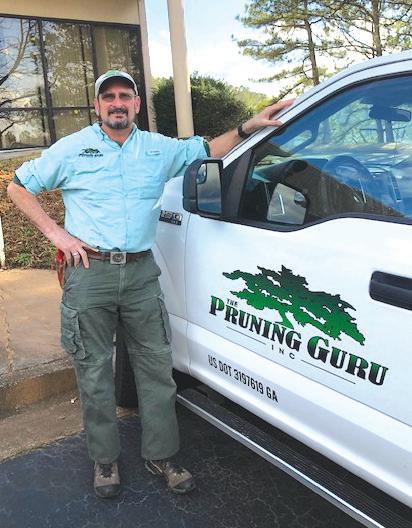URBAN AG
Synthetic turf for landscapes Innovations create upward trend
by Mike Dahl, managing editor, Landscape Architect and Specifiers News Synthetic turf installations are on an upward trend for landscape projects, according to Laith Ross, PE, LEED AP, the new chairman of the Synthetic Turf Council (STC).
“Overall, for designers and installers across the nation, you are seeing a pretty significant growth in landscape installations,” he states. “This is primarily in water restricted areas and areas that have trouble maintaining natural grass.”
Chad Vander Veen, Purchase Green
For landscape contractors who want to take better advantage of the growing use of synthetic turf in landscape installations, the Synthetic Turf Council is now offering a certification program. Known as CTI-L, it provides education to help learn best practices and become a more qualified installer. The STC says that they are now seeing bids that specify CTI-L certification.
UAC MAGAZINE | SUMMER 2020
California, Arizona and Nevada are high on that list.
42
Ross is senior principal with RossTarrant Architects in Lexington, Kentucky. With 29 years of personal experience designing landscapes with both natural grass and synthetic turfs, he can confidently say, “They both have their place.” Based in Forest Hill, Maryland, the STC has 265 members from across the supply chain in the synthetic turf industry including installers.
New installer certification program Recently launched, the CTI-L program requires an education component, an experience requirement regarding the square footage of landscape turf installed and an exam to become certified as a landscape installer. Then there
are a certain number of hours of continuing education to recertify every two years. “We provide an opportunity to recognize best practices in the industry,” relates Dan Bond, the president and CEO of the Synthetic Turf Council “And we are now seeing bids that specify CTI-L certification.” Ross agrees. “Because of performance concerns and issues with installations we have seen in the past, more and more designers are starting to see the benefit in the actual certification process to ensure that they are getting a good installation. A poor installation can ruin a synthetic turf project faster than anything else can.”
New innovations According to Ross, technology for synthetic turf is constantly evolving with better fiber and infill materials to make "synthetic turf perform as well as the best grown natural grass under the best conditions.” And as far as infill material is concerned, the introduction of new products has compelled his firm to update infill designing guidelines to incorporate those changes. The spectrum of available choices includes organic-based materials such as coconut, cork, wood fiber, walnut shells and hemp-based products. “We even have a member that is looking into using old coffee beans and grinding them down as infill,” Bond states. And Ross says that based on what he is seeing in the design market, the use of organics is growing. The STC is soon coming out with an industry survey that will better quantify the types of infill that are being installed.


















